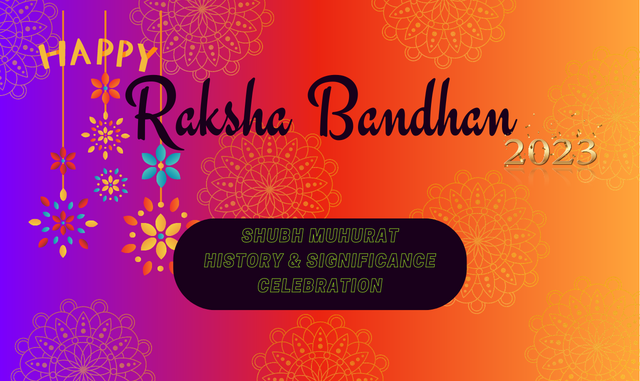The revered festival of Raksha Bandhan is usually celebrated in the month of August or September, depending on the lunar calendar. This auspicious Hindu festival celebrates the special bond between siblings, especially brothers and sisters. Sisters tie a sacred thread, or rakhi, around their brother’s wrist, and the latter promises to protect and cherish their sisters. A day filled with love and companionship, Raksha Bandhan is a joyous celebration of the distinctive connection shared by siblings.
According to astrologers, Raksha Bandhan’s date is usually decided by the lunar calendar, falling on the full moon day of Shravan. “But in 2023, a unique scenario occurs: the full moon day corresponds to both August 30 and August 31 due to different timings. This has led to uncertainty about the exact Raksha Bandhan date. Some support August 30, while others favour August 31.
As per the Drik Panchang, Raksha Bandhan falls on Wednesday, August 30. However, due to the inauspicious Bhadra Kaal period, celebrating it on August 31 is also considered.
On August 30, the unfavourable Bhadra Poonch lasts from 5:30 p.m. to 6:31 p.m., followed by the Bhadra Mukha from 6:31 p.m. to 8:11 p.m. Bhadra Kaal ends at 9:01 pm, marking the suitable time for Raksha Bandhan rituals and tying rakhis among siblings.
The Poornima Tithi starts on August 30 at 10:58 a.m. and ends on August 31 at 7:05 a.m. Notably, on August 31, the festivities can extend throughout the day until 5:42 p.m., providing an opportunity for celebration.
This year, Raksha Bandhan will be celebrated on Wednesday, August 30, 2023 or August 31, 2023. This year Raksha Bandhan will fall on August 30. According to the Drik Panchang, Purnima Tithi Begins will begin at 10:58 AM on August 30th and end at 07:05 AM on August 31.
Raksha Bandhan History & Significance

The history of Raksha Bandhan is a long and complex one, with many different legends and stories associated with it. The festival is believed to have originated in ancient India, and there are references to it in texts dating back to the 3rd century BCE.
One of the most popular legends of Raksha Bandhan is the story of Yama and Yamuna. Yama is the god of death, and Yamuna is the river goddess. According to the legend, Yamuna tied a thread around Yama’s wrist, and he promised to protect her from death. This is said to be the origin of the practice of tying a rakhi (thread) around a brother’s wrist.
Another popular legend is the story of King Bali and Goddess Lakshmi. King Bali was a powerful demon king, and he had conquered the three worlds. However, he was also a devotee of Vishnu, and he promised to give Vishnu anything he wanted. Vishnu asked for Bali’s kingdom, but Bali refused. Vishnu then disguised himself as a Brahmin woman and went to King Bali’s palace. He asked King Bali for alms, and King Bali gave him his hand. The Brahmin woman then tied a rakhi around King Bali’s wrist, and King Bali was bound by his promise to protect her.
Raksha Bandhan is a festival of love, protection, and brotherhood. It is a day for sisters to express their love and concern for their brothers, and for brothers to promise to protect their sisters. The festival is also a way to strengthen the bonds of family and friendship.
In modern times, Raksha Bandhan is celebrated all over India, as well as in other parts of the world where there is a significant Hindu population. The festival is also celebrated by other faiths, such as Jainism, Sikhism, and Buddhism.
The celebration of Raksha Bandhan typically begins with a puja (prayer ceremony). The sister then ties a rakhi around her brother’s wrist. The brother then gives his sister a gift, such as jewelry, sweets, or money. The two then exchange vows of love and protection.
Raksha Bandhan is a time for families and friends to come together and celebrate the bonds of love and brotherhood. It is a day to renew promises of protection and support, and to reaffirm the importance of family.
Raksha Bandhan Celebration

The excitement for Raksha Bandhan begins weeks in advance. Markets are adorned with colorful rakhis and gift options. On the day of the festival, sisters prepare the puja thali with a rakhi, roli (vermilion), rice grains, and sweets.
The heart of the celebration is the rakhi-tying ceremony. Sisters tie the rakhi around their brother’s wrist, applying a tilak on his forehead, and perform an aarti, praying for his well-being. In return, brothers offer gifts and promise to stand by their sisters through thick and thin.
The festival brings families together. Siblings who are geographically separated make efforts to reunite for this occasion. The day is marked by laughter, conversations, and relishing traditional dishes.
In today’s globalized world, Raksha Bandhan has transcended geographical boundaries. With the advent of digitalization, sisters and brothers send rakhis and gifts even if they are miles apart, celebrating the essence of their bond.








